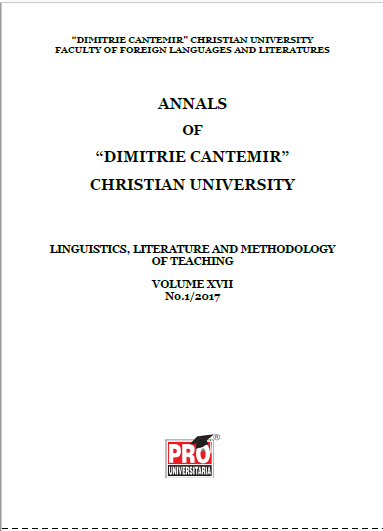The Return of the Feminine Woman Or On What The Tale of Princess Kaguya (Ghibli
Studio, 2013) and Frozen (Walt Disney Pictures, 2013) Have In Common
The Return of the Feminine Woman Or On What The Tale of Princess Kaguya (Ghibli
Studio, 2013) and Frozen (Walt Disney Pictures, 2013) Have In Common
Author(s): Maria GrajdianSubject(s): Aesthetics, Film / Cinema / Cinematography
Published by: Editura Pro Universitaria
Keywords: animation/anime; feminism/femininity; Disney; Japan;
Summary/Abstract: This paper takes into account the aesthetic-ideological dimensions of two animation works released in 2013 – Frozen (Walt Disney Pictures, dir.: Chris Buck & Jennifer Lee) and The Tale of Princess Kaguya (Kaguya-hime no monogatari, Studio Ghibli, dir.: Takahata Isao) – within broader Soft Power endeavours on an international level via specific artistic strategies such as emotional ambivalence, the dynamic reconsideration of legends and myths, the subtle highlighting of the spirallike dialectics of cause and effect. Its goal is to point out the intricate levels comprised by the phenomenon of the “feminine self” as media-related construction in the unstable stress-ratio between individual aspirations and historic-geographical embedding. Thus, it becomes obvious that beyond being a physical appearance with clearly defined standards of “inside” and “outside”, the “feminine self” is a highly personal concern, related both to the socio-cultural context of its emergence and to the economic-political path of its development. In times of the ubiquitous Cool Self symptomatology, the reinvigoration of local myths and legends provokes a nostalgic U-turn towards a more classical worldview with the simultaneous intellectualisation of popular culture encompassing the rather conservative message that love, happiness and existential fulfilment are more than ever individual choices in late modernity.
- Issue Year: 2017
- Issue No: 1
- Page Range: 81-101
- Page Count: 21
- Language: English

